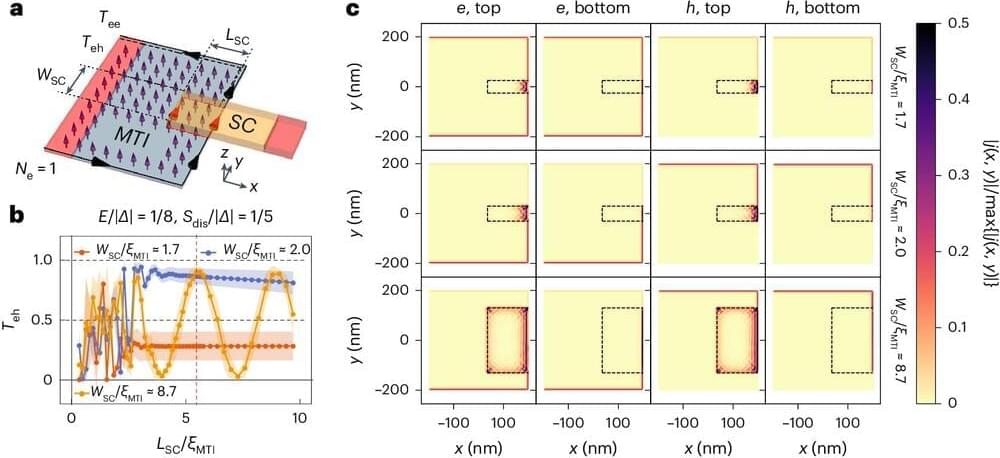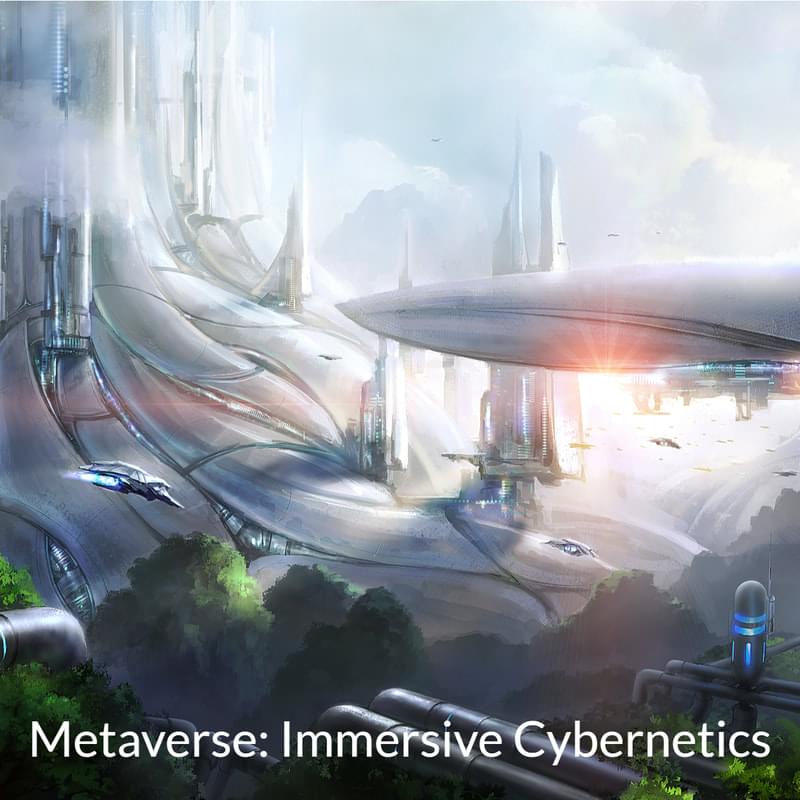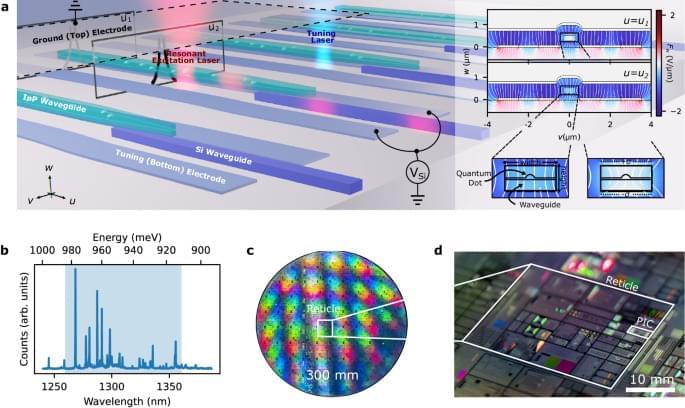In a study published in Nature, a research team has, for the first time, observed the antiferromagnetic phase transition within a large-scale quantum simulator of the fermionic Hubbard model (FHM).
This study highlights the advantages of quantum simulation. It marks an important first step towards obtaining the low-temperature phase diagram of the FHM and understanding the role of quantum magnetism in the mechanism of high-temperature superconductivity. The team was led by Prof. Pan Jianwei, Prof. Chen Yuao, and Prof. Yao Xingcan from the University of Science and Technology of China (USTC) of the Chinese Academy of Sciences.
Strongly correlated quantum materials such as high-temperature superconductors are of scientific importance and have potential economic benefits. However, the physical mechanisms underlying these materials remain unclear, posing challenges to their large-scale preparation and application.






